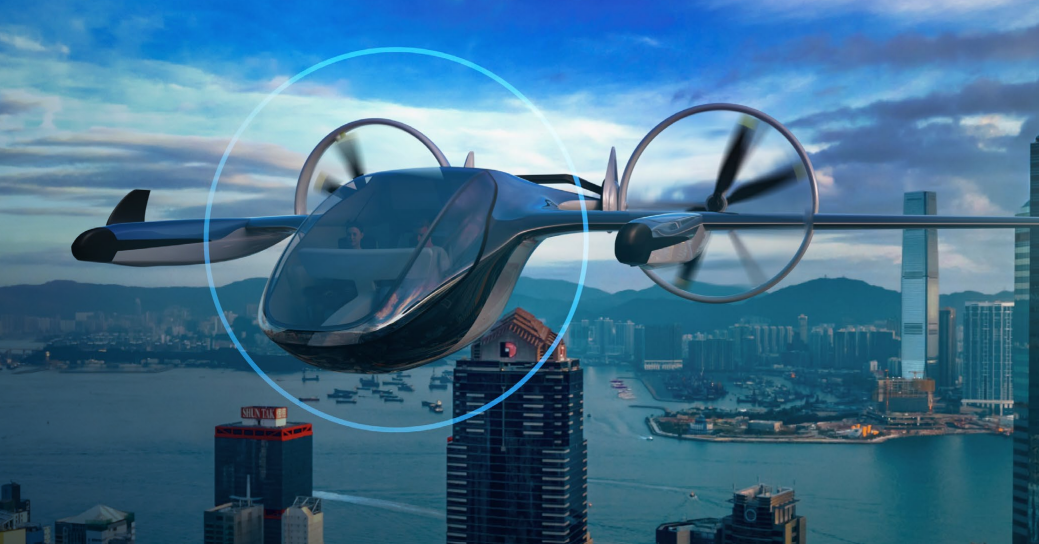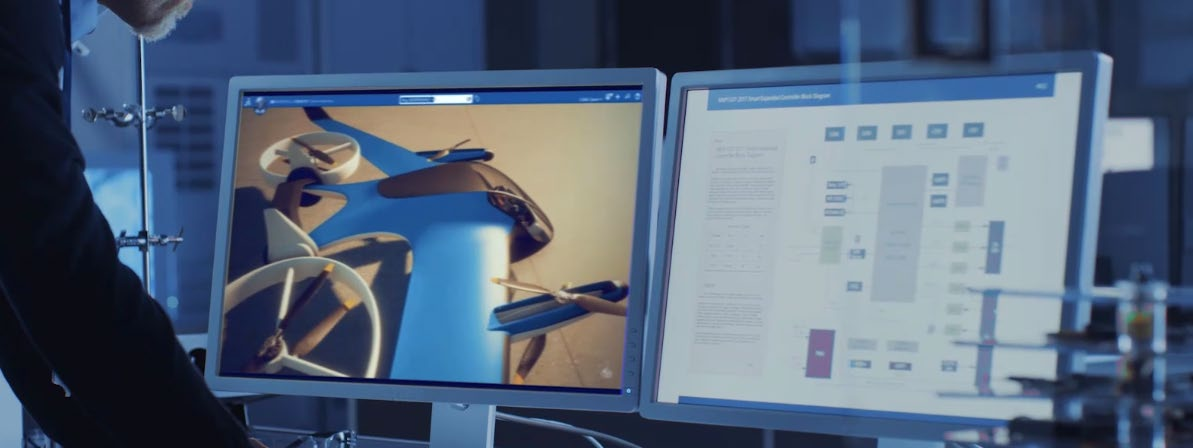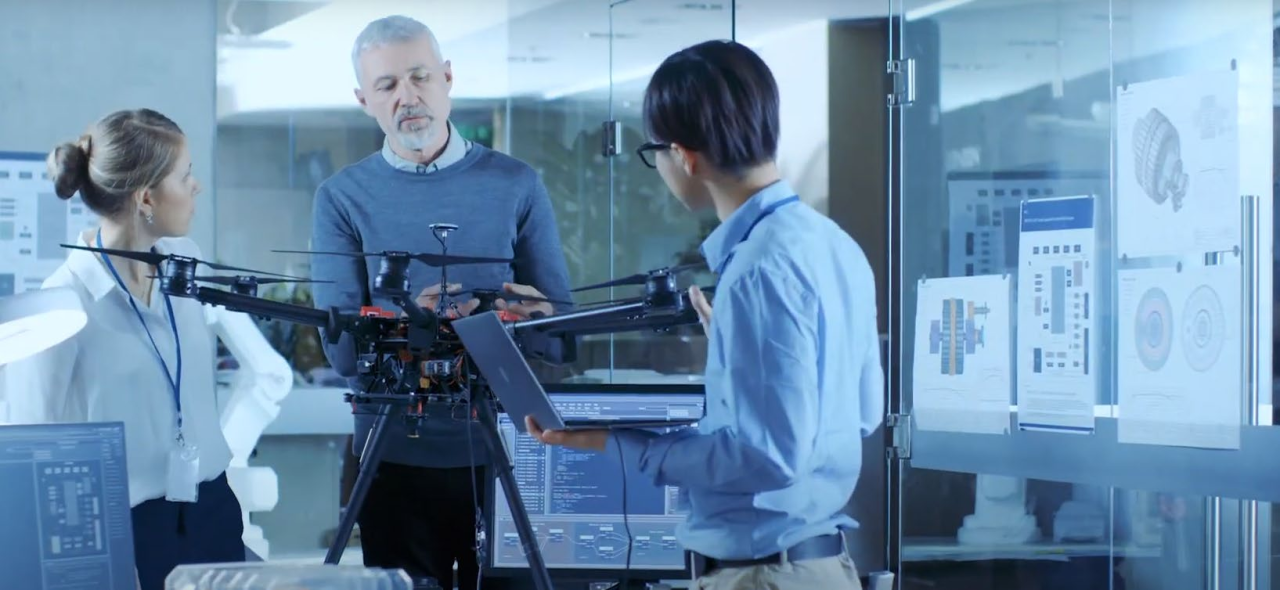
Designers and engineers from around the world are helping to unlock the future of the aviation industry. Stronger lightweight materials, smaller mechanical assemblies, higher power batteries, and environmental and safety regulations are all beneficial for us to change the way we use airspace. Certification is of paramount importance in this emerging industry. Regulatory agencies are working closely with manufacturers to develop safety standards and certification processes to ensure that new aircraft meet strict safety and performance benchmarks. These innovative transportation solutions must be certified in order to gain public trust and achieve commercial feasibility.
Although this is an exciting opportunity, engineers face an adventurous journey as product innovation teams from aerospace startups and established companies compete for creativity and speed to market. The obstacles are daunting. Common challenges include:
1. Learn and predict as much as possible before building a physical prototype
2. Realize seamless interdisciplinary communication and collaboration
3. Flexibly respond to market conditions and customer needs
4. Choose appropriate technology to tackle design challenges
5. Laying the foundation for a scalable and manufacturable design process
6. Realize compliance and industry certification
7. Convincing investors to support the project
Due to these obstacles, there are few companies that dominate the market.
1. Choose your platform wisely
For design teams of UAVs, eVTOLs, and other air traffic solutions, the project lifecycle management platform you choose is crucial for successfully achieving your vision. This decision will determine your process efficiency, product quality, and growth potential.

The system you have chosen should drive your team to achieve the following goals:
1. Strive to be the first
2. Flexible adaptability
3. Maintain compliance
4. Different from others
5. Building Scalability Capability
The 3DEXPERIENCE cloud platform is a powerful and scalable solution designed to help startups and innovative OEMs develop new transportation experiences. Its digital continuity and controlled execution capabilities help the design team push the aviation industry to new heights.
2. 5 key factors for success in advanced air traffic industry
Key 1: Being the first to go public
Unified Modeling and Simulation (MODSIM) enables engineers to fully experience products and their behavior in the early design stages. In this way, they can deliver complex and advanced products while meeting performance requirements and time limits for the launch process. MODSIM integrates the functionalities of CATIA and SIMULIA onto the 3DEXPERIENC platform, providing a data-driven approach to integrating simulation from the outset. This can improve efficiency, reduce the risk of errors, prevent delays and budget overruns.

Key 2: Flexibly respond to uncertainty
The 3DEXPERIENCE cloud platform can be deployed within a few hours without relying on significant IT investments to build scalable computing resources. With minimal configuration, you can set up and start using the platform, and transfer resources to a rapidly scalable cloud computing infrastructure.
Key 3: Maintain Compliance
Multi scale, multi physics simulation can help you meet the highest safety and quality standards, such as designing quieter flight experiences. Model based engineering, validation and confirmation, and management functions provide comprehensive traceability, enabling you to achieve compliance and certification faster by demonstrating the security of the new architecture to regulatory agencies.
Key 4: Stand out
Start up companies are utilizing the photo realistic rendering capabilities of the 3DEXPERIENCE platform to create immersive experiences from concept to reality. This includes everything from detailed digital models to interactive 360 views, which helps effectively convey the uniqueness of its design. By focusing on creating a comprehensive passenger experience and utilizing advanced design tools, eVTOL developers can create innovative and attractive products that stand out in a fiercely competitive market.
Key 5: Building Scalability Capability
The recruitment rate and personnel turnover rate of startups are often high, so it is crucial to quickly integrate new engineers into the enterprise system. Only collaborative platform methods with a single authoritative data source can achieve this. The 3DEXPERIENCE cloud platform can provide this collaborative environment, ensuring that everyone in the team can utilize the latest information to carry out their work.
3. Quickly define and validate your concept

The 3DEXPERIENCE platform enables engineering teams for UAS, VTOL, and other aerial vehicles to:
1. Generate parameterized designs using automation functions.
2. Promote rapid learning cycles.
3. Quickly transform ideas into virtual flying experiences
4. Build and simulate virtual prototypes digitally
Take strong action from the beginning - just as you are building case studies for investors. Create models and renderings in the early stages, and immediately produce prototypes.
Now, the way we work on the 3DExperience platform is incomparable to when we first started. We plan to recruit more personnel in the coming months, and we believe that no matter how large the organization becomes, we have the appropriate technology to ensure that the enterprise is always on track
—— Benoit Feran
Ascendance Co founder and Chief Technology Officer
Source: Dassault Systemes